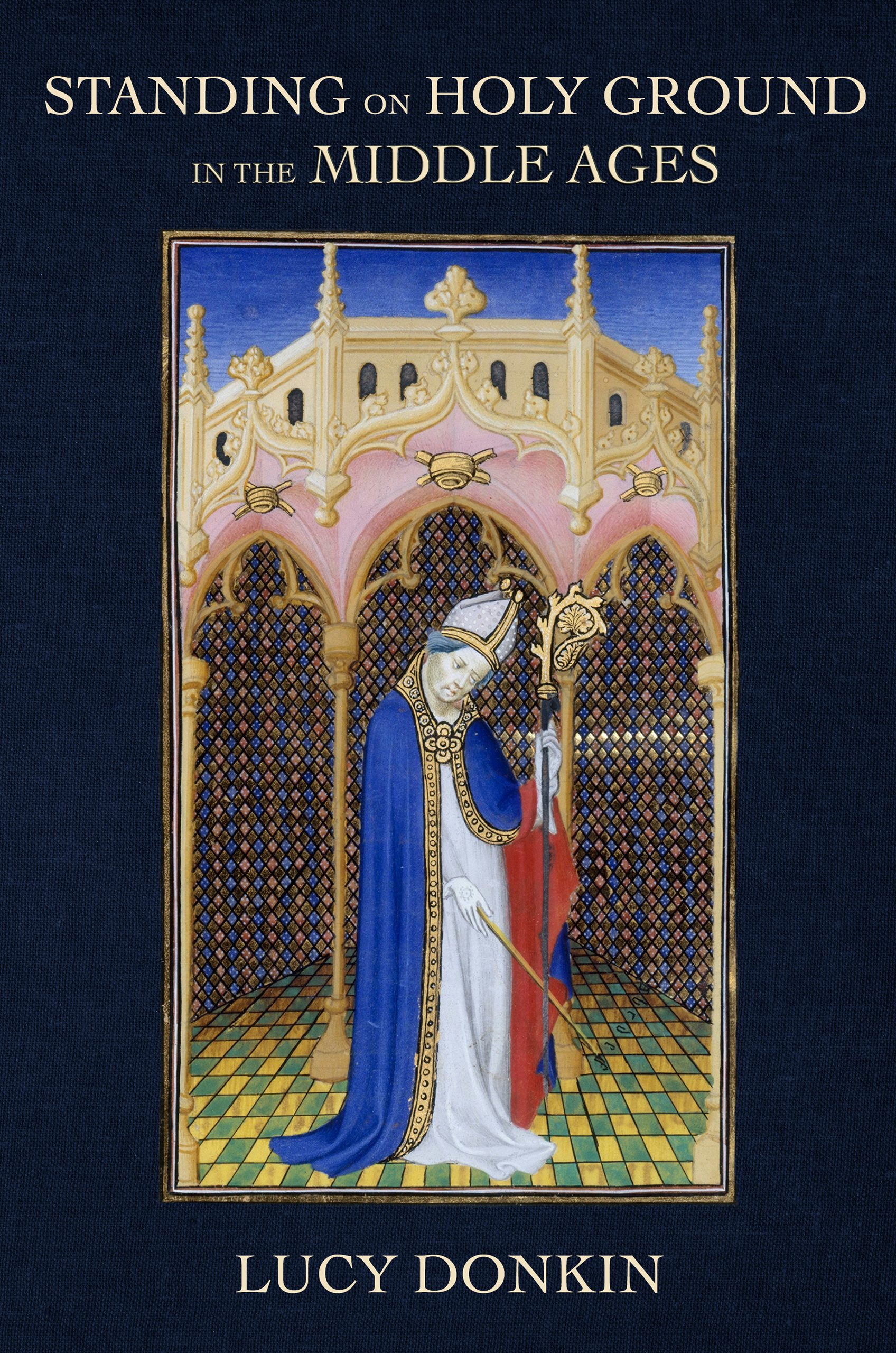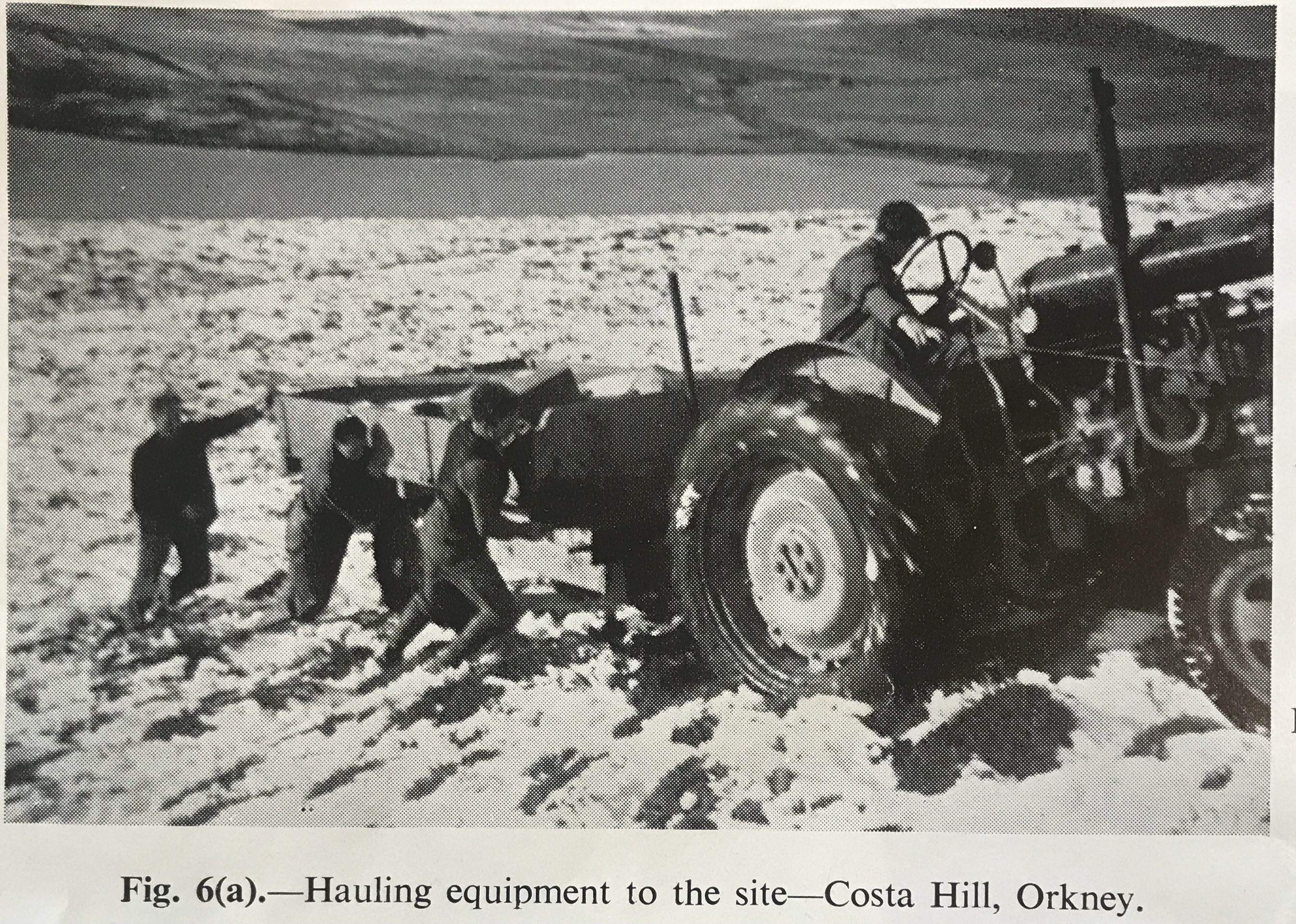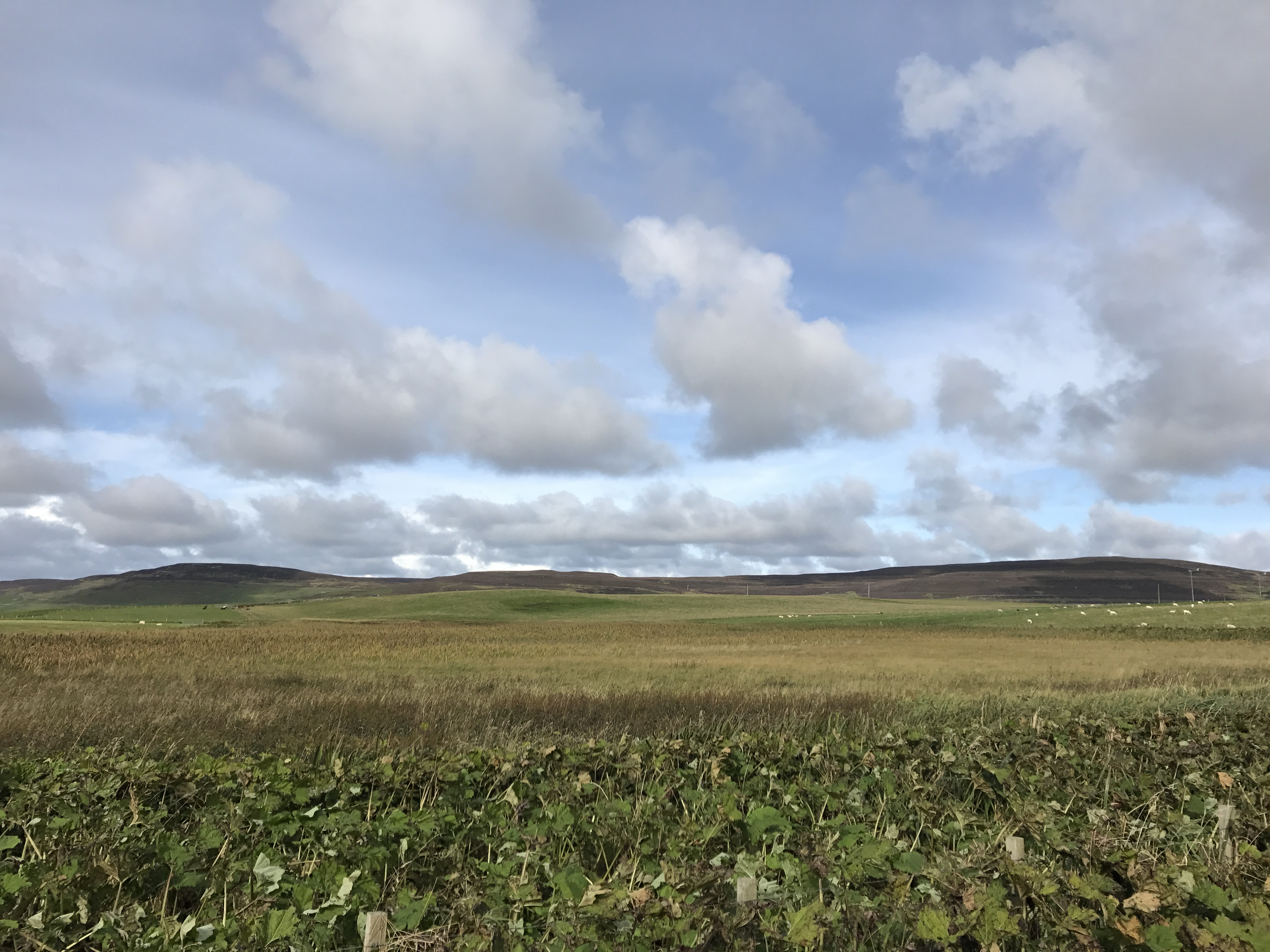Circulated on behalf of Dr Aidan Tynan of Cardiff University.
Deadline for submissions of abstracts: September 30, 2021
Celina Osuna, Arizona State University, celina.osuna@asu.edu
Aidan Tynan, Cardiff University, tynana@cardiff.ac.uk
Desert landscapes and ecologies have become central to our perceptions of space and place and to the stories we tell ourselves about the environment. In Western traditions, we frequently see deserts represented as dead or valueless, or merely as exotic backdrops. Such depictions often encode racism and histories of colonial violence. Our conceptions of the desert as wasteland or hostile wilderness can be traced back to Biblical notions of damnation, messianism and salvation, but they also feature extensively in the secular dystopian and apocalyptic vision of the future so widespread today. This volume seeks contributions that interrogate and challenge these stories of the desert while exploring alternative traditions in order to shed light on the multitudinous possibilities of what desert places are and can be.
Storied Deserts: Re-Imagining Arid Environments takes a global point of view on a topic that is too often limited by a regional or national frame. We are interested in the diversity of desert places, which we hope will reflect the diversity of backgrounds and experiences of potential contributors. While recognizing the crucial differences that distinguish arid places from each other, we want to insist that there is something special about them that mark them out from other kinds of places. While the Namib Desert of southwest Africa differs radically from, say, the interior of the Sonoran Desert in the southwestern United States, these places elicit experiences, perceptions, and narratives that can speak to and inform one another. In this sense, deserts embody a singularity and a multiplicity at once.
This simultaneity is complex and rich in intersections and needs to be approached through multidisciplinary perspectives. The volume will draw on work in desert humanities as a field concerned with the flourishings of thought and practice in the arid environments of the world, with multi-ethnic human, nonhuman and more-than-human interrelationships of desert places and the urgent care necessary for them in a time of climate crises. We call on contributors to imagine desert humanities as an emerging field, to explore the range of approaches that deserts demand, and to set directions for future work. We invite non-traditional, creative nonfiction, and experimental pieces as well as more traditional scholarly work. Contributions considering the following topics are welcome, but the volume’s scope is not necessarily limited to only these:
- Ecocritical approaches to deserts
- Cinema, media and visual studies
- Speculative projects
- Land stewardship
- The Anthropocene and climate change
- Displacement, diaspora
- Desertification and dust-bowlification
- Science Fiction
- Cultural geographies
- Indigenous studies
- Studies of place and space
- Placemaking and placekeeping
- Ethnographic approaches
- Political geology / geologies of race
- Afrofuturism
- Water management
- Extractive industries
- Post-apocalyptic and dystopian landscapes
- Desert ecologies
- Cultural studies
- Decolonial/Anti-colonial approaches
- Phenomenology and environmental philosophy
Please send the following to tynana@cardiff.ac.uk or celina.osuna@asu.edu by September 30, 2021:
1) 300-500 word chapter abstract/proposal
2) a brief bio
3) a statement of your interest in this project or contextual background/relevant info
If you are interested in writing a piece and would like to discuss it with the editors before submission of the abstract, please contact us via the email address above. Those with accepted proposals will be expected to submit a full draft (6,000-8,000 words).








